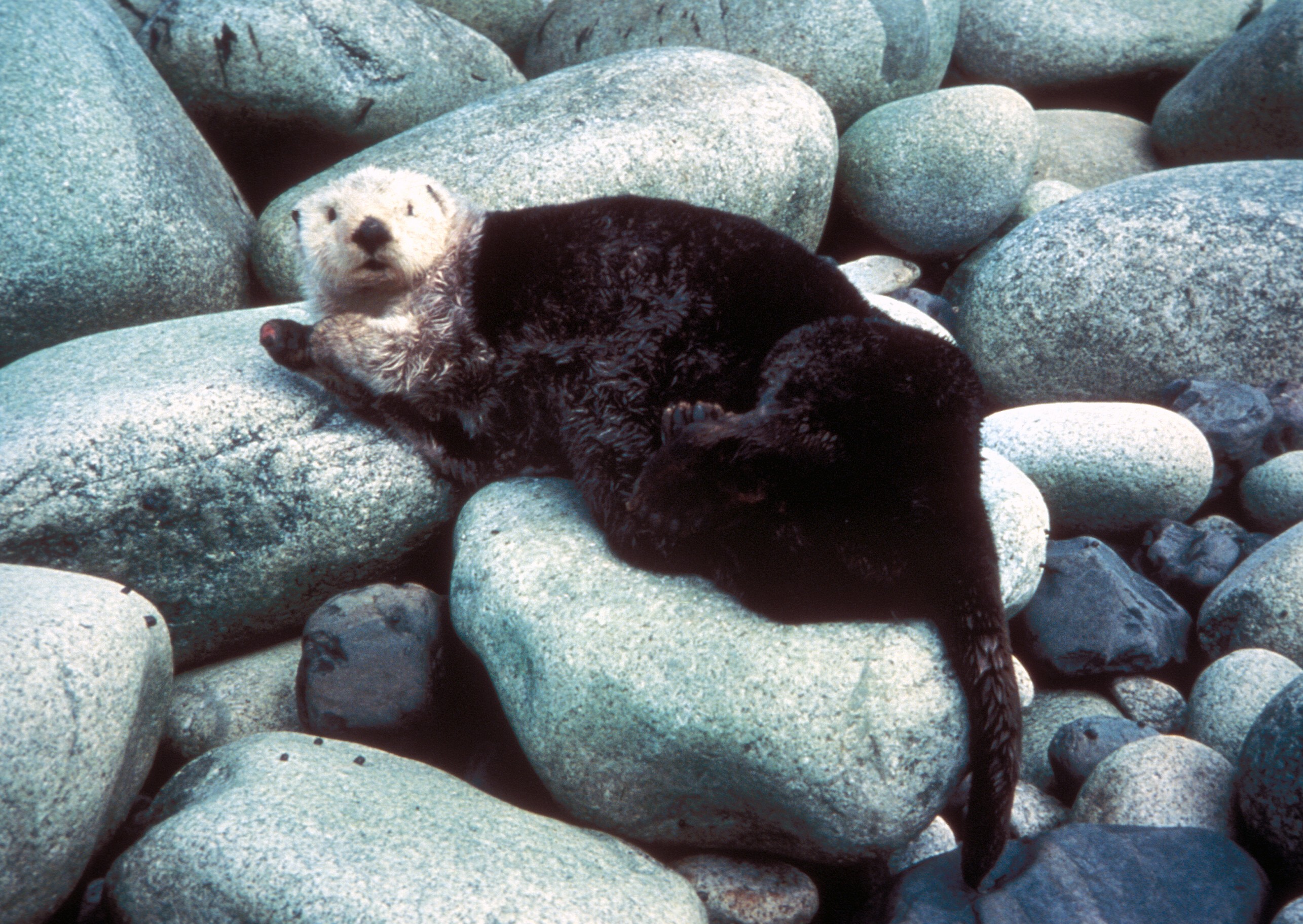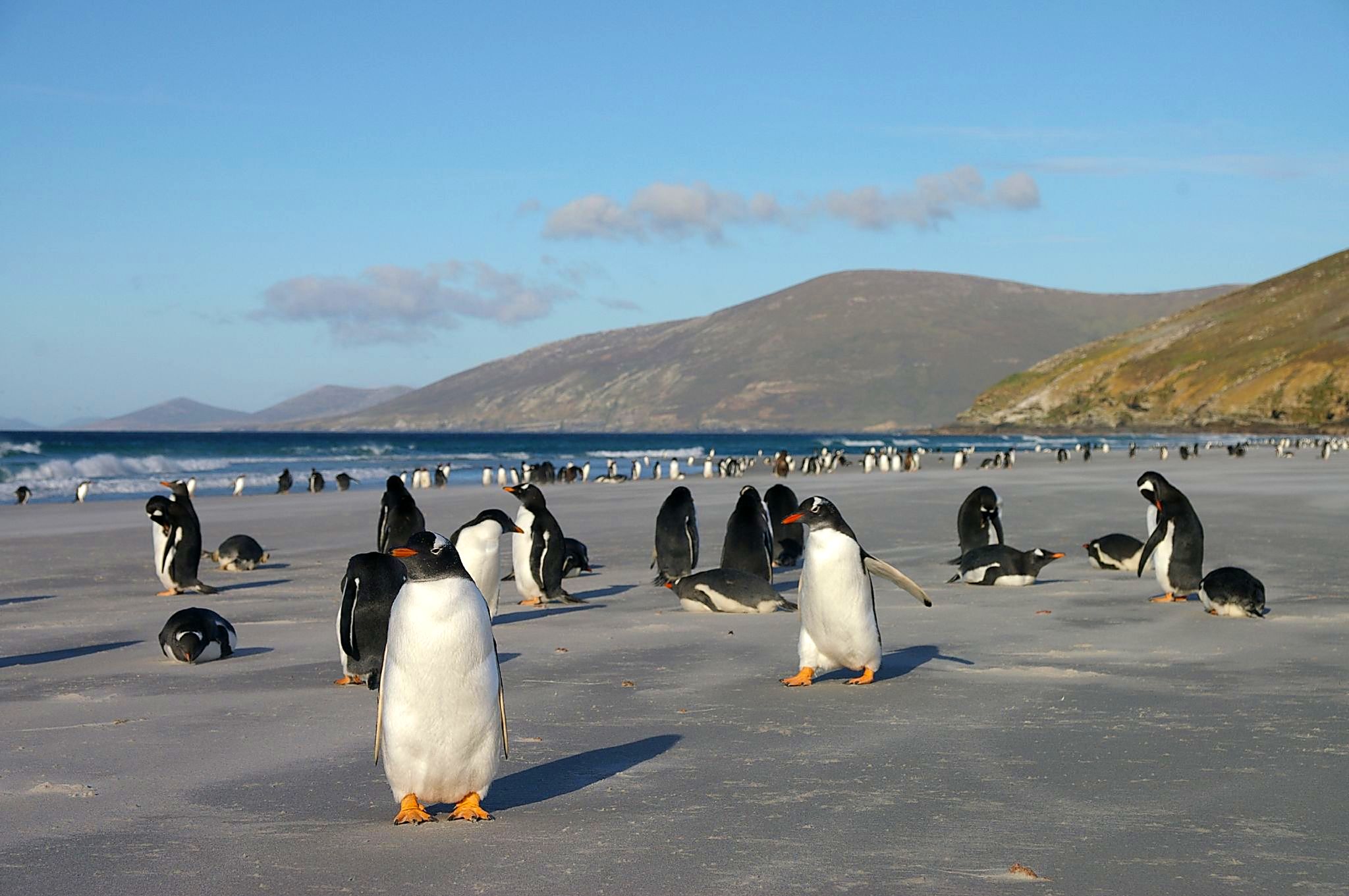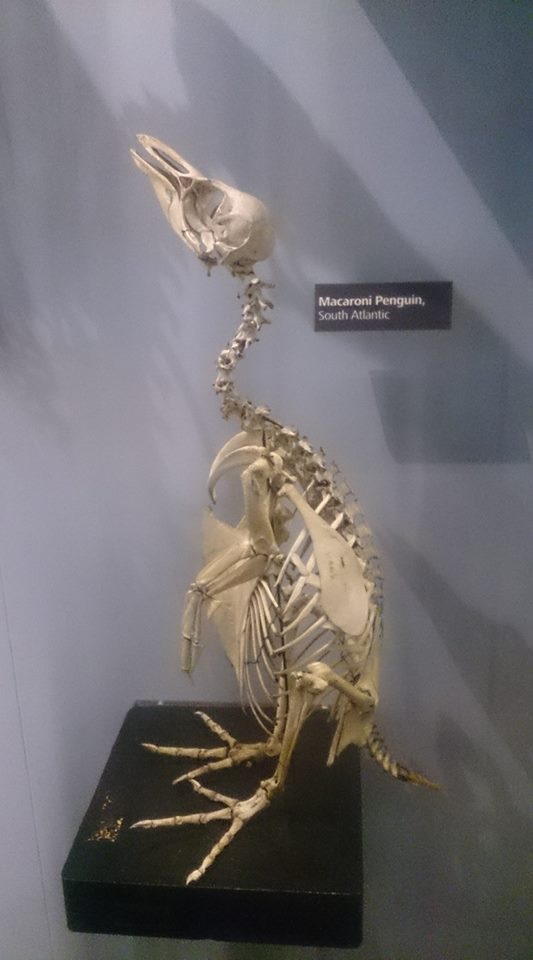|
ZOO Antwerpen
Antwerp Zoo ( nl, ZOO Antwerpen) is a zoo in the centre of Antwerp, Belgium, located next to the Antwerpen-Centraal railway station. It is the oldest animal park in the country, and one of the oldest in the world, established on 21 July 1843. History Since its foundation, the park has been controlled by De Koninklijke Maatschappij voor Dierkunde van Antwerpen, a society originally called Société Royale de Zoologie d'Anvers (The Antwerp Royal Society for Zoology). This also became the popular nickname for the zoo, "De Zoologie". The initial objective was to encourage zoological and botanical sciences. Its first director was renowned zoologist and botanist Jacques Kets (10 November 1785 – 1 February 1865). He accepted this position on one condition: a museum had to be built to house his nature-historical collections. This building was inaugurated in 1844 by H.M. King Leopold I. The predicate ''Royal'' was added to the name of the society on that occasion. Throughou ... [...More Info...] [...Related Items...] OR: [Wikipedia] [Google] [Baidu] |
Antwerp
Antwerp (; nl, Antwerpen ; french: Anvers ; es, Amberes) is the largest city in Belgium by area at and the capital of Antwerp Province in the Flemish Region. With a population of 520,504,Statistics Belgium; ''Loop van de bevolking per gemeente'' (Excel file) Population of all municipalities in Belgium, . Retrieved 1 November 2017. it is the most populous municipality in Belgium, and with a metropolitan population of around 1,200,000 people, it is the second-largest metrop ... [...More Info...] [...Related Items...] OR: [Wikipedia] [Google] [Baidu] |
Sea Lion
Sea lions are pinnipeds characterized by external ear flaps, long foreflippers, the ability to walk on all fours, short and thick hair, and a big chest and belly. Together with the fur seals, they make up the family Otariidae, eared seals. The sea lions have six extant and one extinct species (the Japanese sea lion) in five genera. Their range extends from the subarctic to tropical waters of the global ocean in both the Northern and Southern Hemispheres, with the notable exception of the northern Atlantic Ocean. They have an average lifespan of 20–30 years. A male California sea lion weighs on average about and is about long, while the female sea lion weighs and is long. The largest sea lions are Steller's sea lions, which can weigh and grow to a length of . Sea lions consume large quantities of food at a time and are known to eat about 5–8% of their body weight (about ) at a single feeding. Sea lions can move around in water and at their fastest they can reach a ... [...More Info...] [...Related Items...] OR: [Wikipedia] [Google] [Baidu] |
Sea Otter
The sea otter (''Enhydra lutris'') is a marine mammal native to the coasts of the northern and eastern North Pacific Ocean. Adult sea otters typically weigh between , making them the heaviest members of the weasel family, but among the smallest marine mammals. Unlike most marine mammals, the sea otter's primary form of insulation is an exceptionally thick coat of fur, the densest in the animal kingdom. Although it can walk on land, the sea otter is capable of living exclusively in the ocean. The sea otter inhabits nearshore environments, where it dives to the sea floor to forage. It preys mostly on marine invertebrates such as sea urchins, various mollusks and crustaceans, and some species of fish. Its foraging and eating habits are noteworthy in several respects. Its use of rocks to dislodge prey and to open shells makes it one of the few mammal species to use tools. In most of its range, it is a keystone species, controlling sea urchin populations which would otherwise in ... [...More Info...] [...Related Items...] OR: [Wikipedia] [Google] [Baidu] |
Gentoo Penguin
The gentoo penguin ( ) (''Pygoscelis papua'') is a penguin species (or possibly a species complex) in the genus ''Pygoscelis'', most closely related to the Adélie penguin (''P. adeliae'') and the chinstrap penguin (''P. antarcticus''). The earliest scientific description was made in 1781 by Johann Reinhold Forster with a type locality in the Falkland Islands. The species calls in a variety of ways, but the most frequently heard is a loud trumpeting, which the bird emits with its head thrown back. Names The application of "gentoo" to the penguin is unclear. '' Gentoo'' was an Anglo-Indian term to distinguish Hindus from Muslims. The English term may have originated from the Portuguese ''gentio'' ("pagan, gentile"). Some speculate that the white patch on the bird's head was thought to resemble a turban. It may also be a variation of another name for this bird, "Johnny penguin", with Johnny being in Spanish and sounds vaguely like gentoo. The Johnny rook, a predator, is likely ... [...More Info...] [...Related Items...] OR: [Wikipedia] [Google] [Baidu] |
Macaroni Penguin
The macaroni penguin (''Eudyptes chrysolophus'') is a species of penguin found from the Subantarctic to the Antarctic Peninsula. One of six species of crested penguin, it is very closely related to the royal penguin, and some authorities consider the two to be a single species. It bears a distinctive yellow crest, and the face and upperparts are black and sharply delineated from the white underparts. Adults weigh on average and are in length. The male and female are similar in appearance; the male is slightly larger and stronger with a relatively larger bill. Like all penguins, it is flightless, with a streamlined body and wings stiffened and flattened into flippers for a marine lifestyle.It has a small eye and is good at seeing. Its diet consists of a variety of crustaceans, mainly krill, as well as small fish and cephalopods; the species consumes more marine life annually than any other species of seabird. These birds moult once a year, spending about three to four weeks asho ... [...More Info...] [...Related Items...] OR: [Wikipedia] [Google] [Baidu] |
King Penguin
The king penguin (''Aptenodytes patagonicus'') is the second largest species of penguin, smaller, but somewhat similar in appearance to the emperor penguin. There are two subspecies: ''A. p. patagonicus'' and ''A. p. halli''; ''patagonicus'' is found in the South Atlantic and ''halli'' in the South Indian Ocean (at the Kerguelen Islands, Crozet Island, Prince Edward Islands and Heard Island and McDonald Islands) and at Macquarie Island. King penguins mainly eat lanternfish, squid and krill. On foraging trips, king penguins repeatedly dive to over , and have been recorded at depths greater than . Predators of the king penguin include giant petrels, skuas, the snowy sheathbill, the leopard seal and the orca. King penguins breed on the Subantarctic islands at the northern reaches of Antarctica, South Georgia, and other temperate islands of the region. King penguins also live on Macquarie Island in the Southern Ocean. At one time, these birds were exploited commercially for t ... [...More Info...] [...Related Items...] OR: [Wikipedia] [Google] [Baidu] |
Flamingo Enclosure In The Antwerp Zoo
Flamingos or flamingoes are a type of wading bird in the family Phoenicopteridae, which is the only extant family in the order Phoenicopteriformes. There are four flamingo species distributed throughout the Americas (including the Caribbean), and two species native to Afro-Eurasia. A group of flamingoes is called a "flamboyance." Etymology The name ''flamingo'' comes from Portuguese or Spanish ("flame-colored"), which in turn comes from Provençal – a combination of ("flame") and a Germanic-like suffix ''-ing''. The word may also have been influenced by the Spanish ethnonym ("Fleming" or "Flemish"). The name of the genus, ''Phoenicopterus'', is from the Greek , ); other genera names include ''Phoeniconaias,'' which means "crimson/red water nymph (or naiad)", and ''Phoenicoparrus,'' which means "crimson/red bird (though, an unknown bird of omen)". Taxonomy and systematics The family Phoenicopteridae was introduced by the French zoologist Charles Lucien Bonaparte ... [...More Info...] [...Related Items...] OR: [Wikipedia] [Google] [Baidu] |
Malayan Tapir
The Malayan tapir (''Tapirus indicus''), also called Asian tapir, Asiatic tapir and Indian tapir, is the only tapir species native to Southeast Asia from the Malay Peninsula to Sumatra. It has been listed as Endangered on the IUCN Red List since 2008, as the population is estimated to comprise fewer than 2,500 mature individuals. Taxonomy The scientific name ''Tapirus indicus'' was proposed by Anselme Gaëtan Desmarest in 1819 who referred to a tapir described by Pierre-Médard Diard. ''Tapirus indicus brevetianus'' was coined by a Dutch zoologist in 1926 who described a black Malayan tapir from Sumatra that had been sent to Rotterdam Zoo in the early 1920s. Phylogenetic analyses of 13 Malayan tapirs showed that the species is monophyletic. It was placed in the genus ''Acrocodia'' by Colin Groves and Peter Grubb in 2011. However, a comparison of mitochondrial DNA of 16 perissodactyl species revealed that the Malayan tapir forms a sister group together with the ''Tapirus'' speci ... [...More Info...] [...Related Items...] OR: [Wikipedia] [Google] [Baidu] |
Hippopotamus
The hippopotamus ( ; : hippopotamuses or hippopotami; ''Hippopotamus amphibius''), also called the hippo, common hippopotamus, or river hippopotamus, is a large semiaquatic mammal native to sub-Saharan Africa. It is one of only two extant species in the family Hippopotamidae, the other being the pygmy hippopotamus (''Choeropsis liberiensis'' or ''Hexaprotodon liberiensis''). Its name comes from the ancient Greek for "river horse" (). Aside from elephants and rhinos, the hippopotamus is the largest land mammal. It is also the largest extant land artiodactyl. Despite their physical resemblance to pigs and other terrestrial even-toed ungulates, the closest living relatives of the hippopotamids are cetaceans (whales, dolphins, porpoises, etc.), from which they diverged about 55 million years ago. Hippos are recognisable for their barrel-shaped torsos, wide-opening mouths with large canine tusks, nearly hairless bodies, pillar-like legs, and large size: adults average ... [...More Info...] [...Related Items...] OR: [Wikipedia] [Google] [Baidu] |
Elephant
Elephants are the largest existing land animals. Three living species are currently recognised: the African bush elephant, the African forest elephant, and the Asian elephant. They are the only surviving members of the family Elephantidae and the order Proboscidea. The order was formerly much more diverse during the Pleistocene, but most species became extinct during the Late Pleistocene epoch. Distinctive features of elephants include a long proboscis called a trunk, tusks, large ear flaps, pillar-like legs, and tough but sensitive skin. The trunk is used for breathing, bringing food and water to the mouth, and grasping objects. Tusks, which are derived from the incisor teeth, serve both as weapons and as tools for moving objects and digging. The large ear flaps assist in maintaining a constant body temperature as well as in communication. African elephants have larger ears and concave backs, whereas Asian elephants have smaller ears, and convex or level backs. Elephants ... [...More Info...] [...Related Items...] OR: [Wikipedia] [Google] [Baidu] |






.jpg)
-_Breeding_plumage_W2_IMG_8770.jpg)


_colourised.png)